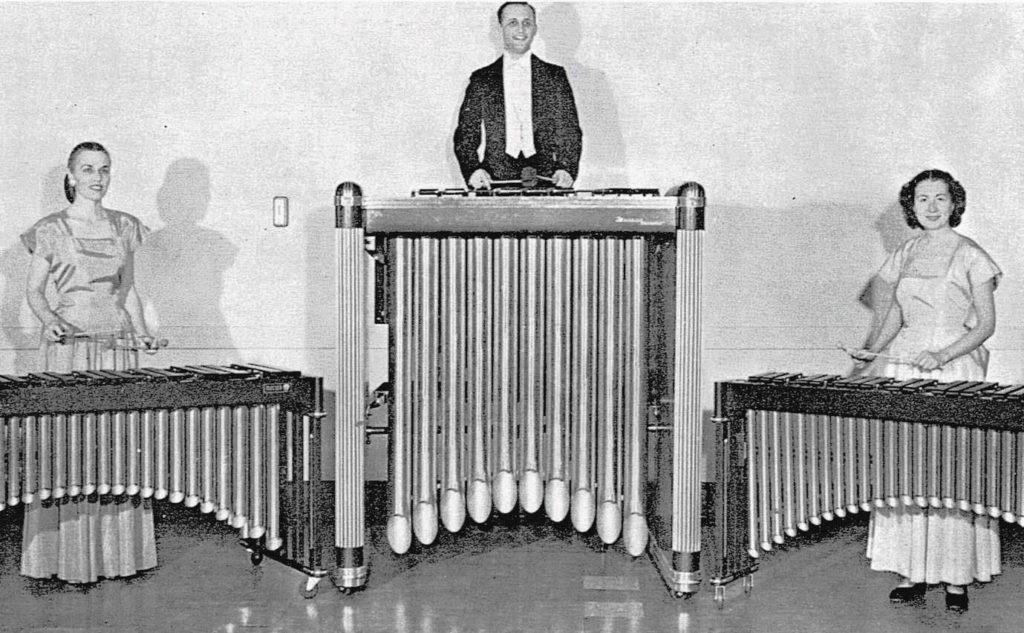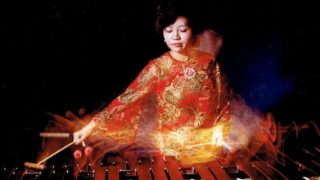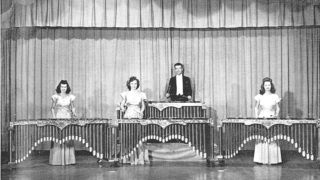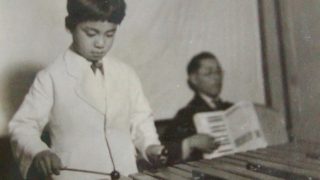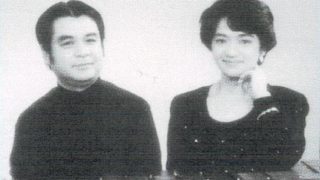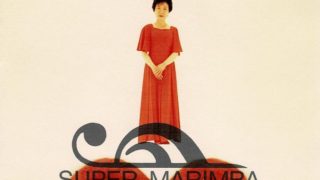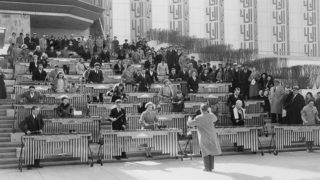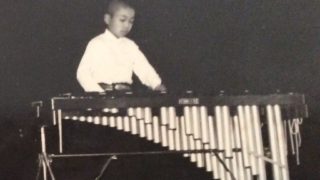Lacour Music Evangelism, Profile photo
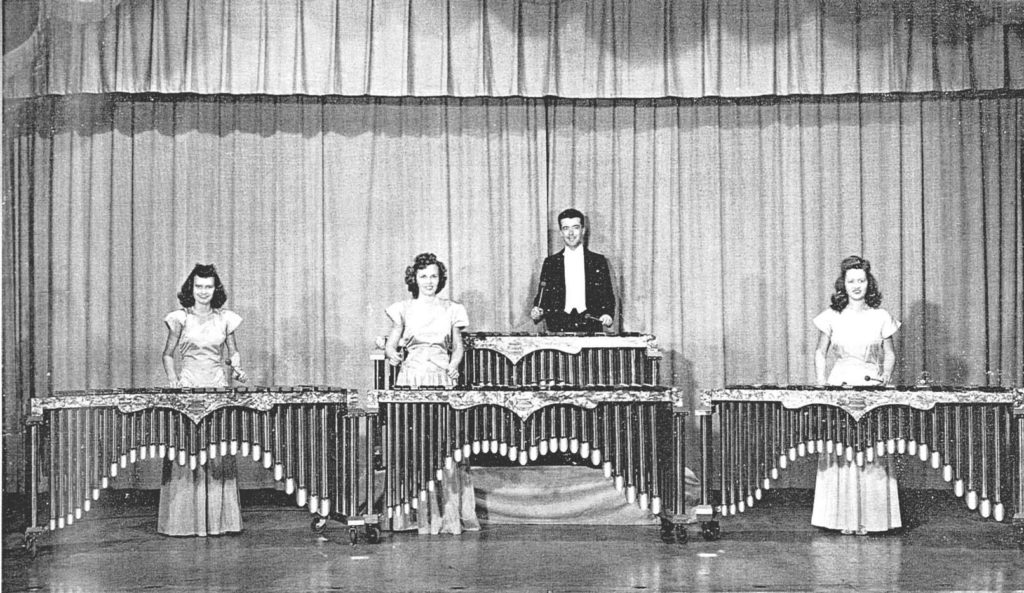


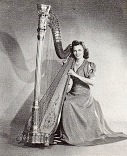
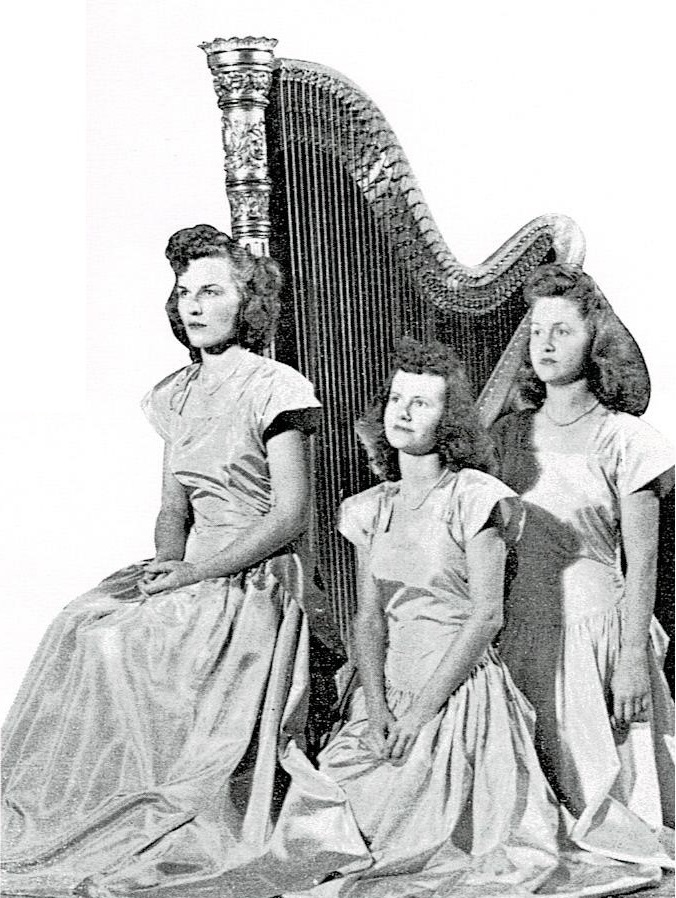
1950 Lacour Music Evangelism in Japan
Priest Lawrence L. Lacour came to Japan on the warship “Piedmont” and stayed in Yokosuka for three months right after the WW2.
He met with Tomio Muto (Christian pastor, later became president of Tokyo Theology University).
Before Lacour returned to the United States, he promised Muto, “With my own orchestra, I will surely come back to Japan for missionary work.
He and his wife Mildred cut down the cost of living, saved money for three years, and told Mr. Muto in December 1949 that they would be coming back to Japan as promised.
In March 1950, the Japan Christian Council and Christ News Agency announced they would cooperated with this group, then a five-month tour of Japan was planned and conducted from June 1950 to December.
They had total of 4 musicians, including a clarinet player and a trombone player, in addition to the Lacour couple.
Mrs. Lacour was also a harpist who studied at prestigious Juilliard School. These four musicians also were members of “Marimba Orchestra” led by Clair Omar Musser, and participated in European performance trips.
The cargo ship which carried the equipments entered Yokohama on June 21, 1950.
The luggages included a large trailer (with 4 bedrooms, kitchen, shower room, and the roof-top stage), 4 Musser marimbas, harp, clarinet, trombone, and microphone/speakers for outdoor performance.
The news of the arrival of the group was widely reported by newspapers and news movies.
Tomio Muto accompanied them as a translator and assistant on the 5 month tour throughout Japan visiting128 cities, bringing the music and messages to almost 500,000 people. The performances were very successful.
The four marimbas which had beautiful arch-shaped resonators matched with elegant music and beautiful performers on the stage gave strong impressions to the audiences.
span class=”fz-14px”>In fact, this tour has produced a great deal of success for Christianity, but there is no doubt that an instrument called “Marimba” has played a big roll in this.
Impact on Japan’s Marimba development
Keiko Abe, who was a middle school student at that time, listened to this performances got an interview and said: “I have been learning xylophone. It is a xylophone to play on the tabletop. The marimba has a resonator that is not found in my xylophone. I was very much impressed with it’s deep sound like a pipe organ, and from that day, marimba became my lifework.”
At that same time in Japan, Yoichi Hiraoka’s xylophone performances were well heard through radio broadcasting etc., and people already were familiar with the xylophone sound. Hiraoka returned to Japan after debuting NBC in N.Y. and playing for 4 years every morning.
After this missionary group’s tour, “xylophone” will gradually give “marimba” the leading position in mallet instruments.
In Japan, the original marimba pieces were commissioned quite actively from 1960’s.
State of performance
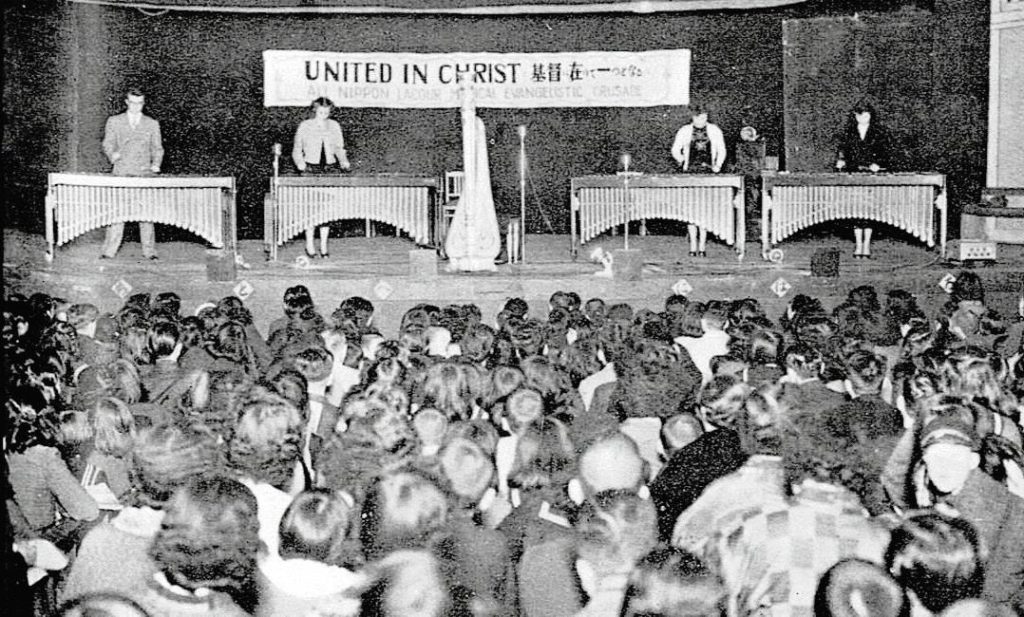
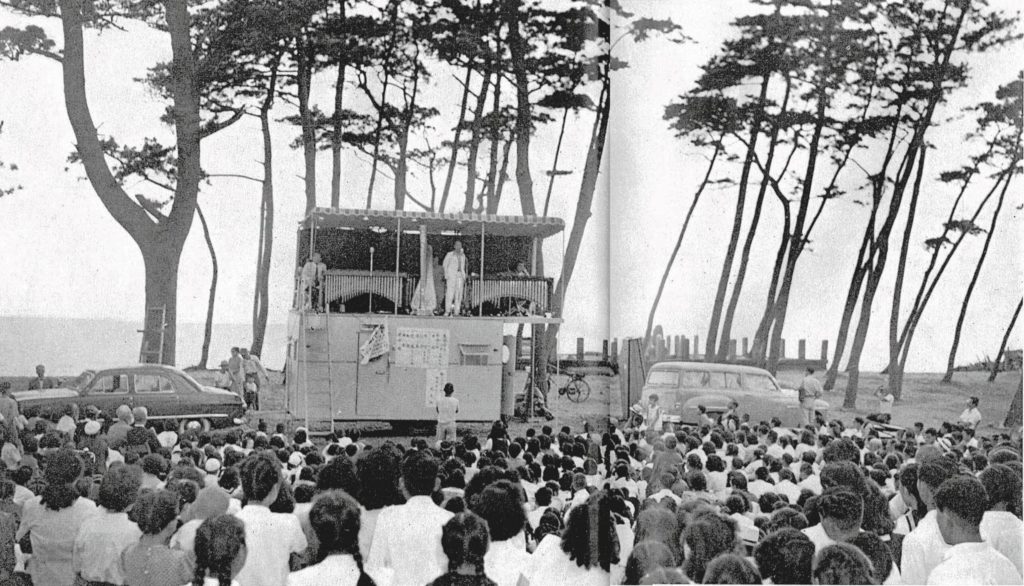
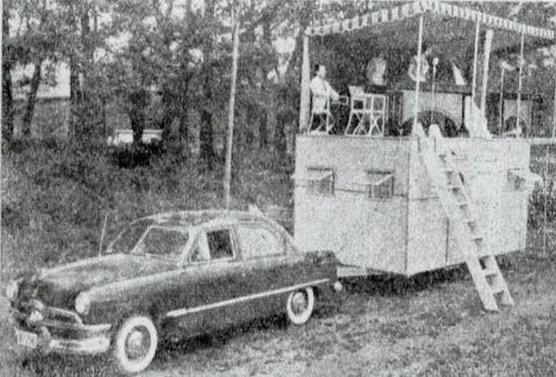

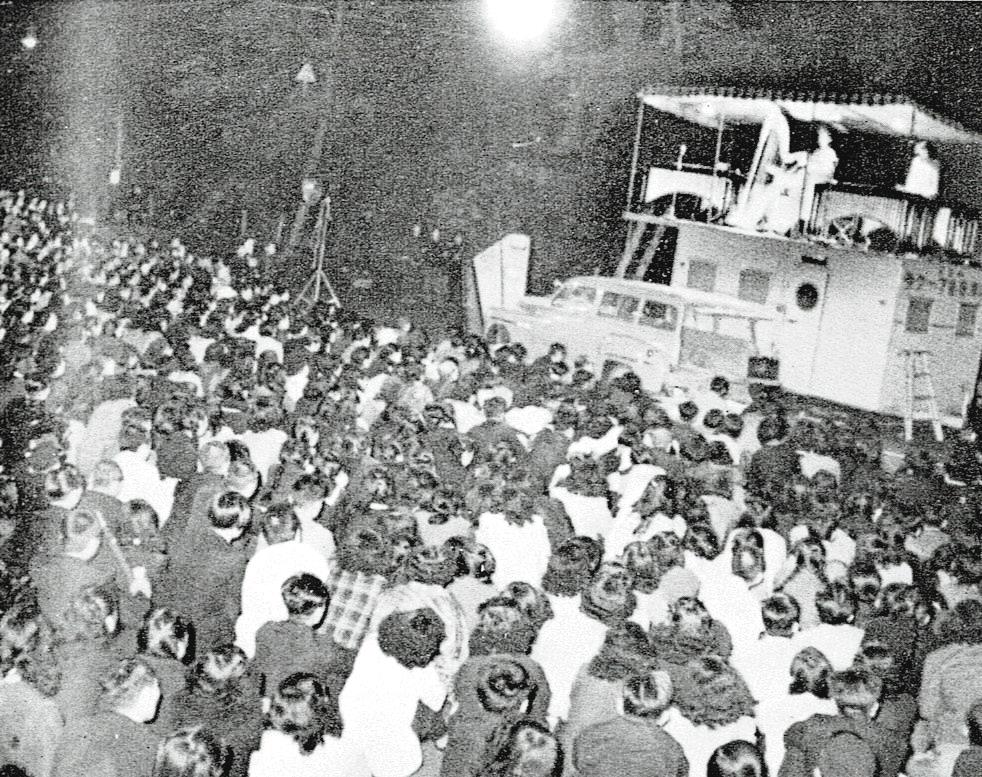
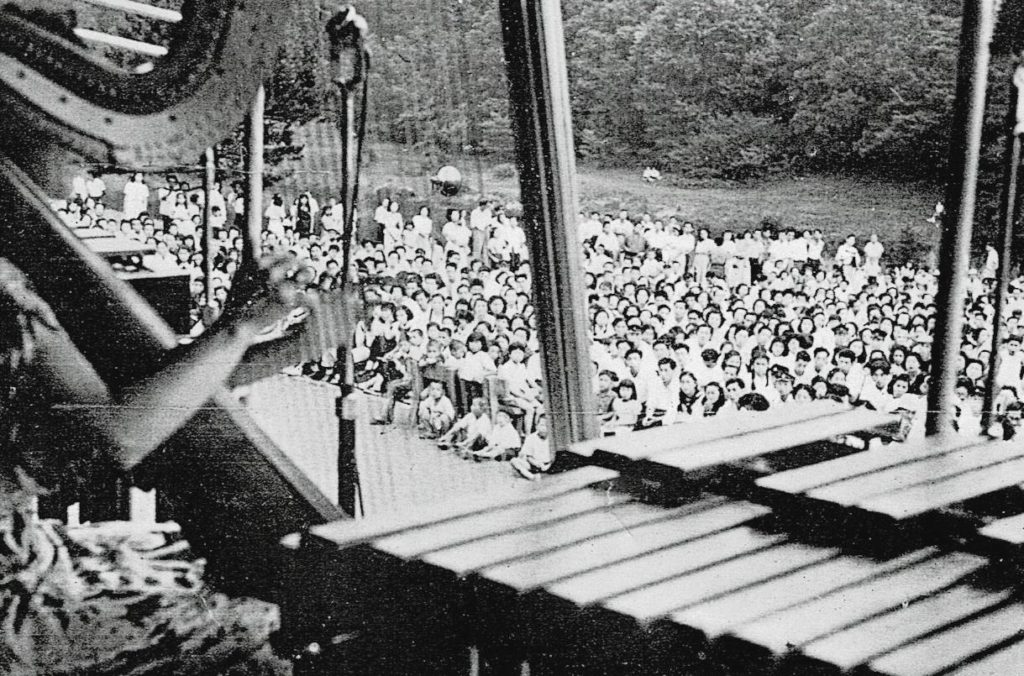

Program and playing song
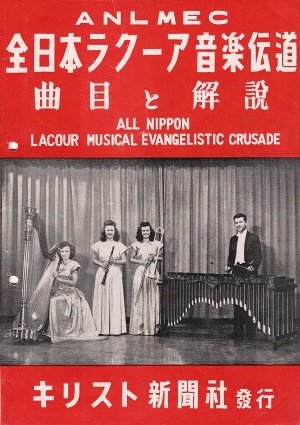
Title of the program:
1.Ouvre ton coeur / Bizet
2.”Berceuse(Lullaby)” from Jocelyn
3.Mountains / Rasbach
4.Trees / Rasbach
5.Take Joy Home / Bassett
6.If My Song Had Wings / Hahm
7.Dawn/Curran
8.Morning / Speaks
9.Italian Street Song from Naughty Marietta / Herbert
10.The Sleigh/ Richard Kountz
11.The Blind Ploughman / Clarke
12.The Hills of Hime / fonx 故郷の丘
13.To a Hilltop / Cox
14.Agnus Dei / Bizet
15.At the Cry of the First Bird by David W. Guion
16.Ave Maria / Bach – Gounod
17.Christ be with Me/Chopin
18.He Shall Feed His Flock (from Messiah) / Handel
19.I Know That My Redeemer Liveth
(from Messiah) / Handel
20.My Red?? and My Lore(from The Golden Legend / Buck
21.O Divine Redeemer / Gounod
22.Panis Angelicus / César Franck
23.The Ninety and Nine / Campion
1954 Second Music Evangelism
After the tour of 1950, Rakua visited Japan again on June 18, 1954. In addition to Rakua’s couple, Soka and his wife participated, and they formed the trio. They brought a large bass marimba (see the photo) . Two marimbas on the sides are the same instruments from the first tour. The Sokas also were the members of Masser’s marimba orchestra. Instrumentation was the same as the last time including harp, accordion, organ, and a vocalist (Japanese). The second tour had a project to build a church in Fukushima prefecture. Instead of traveling around Japan, they limited their activities in Fukushima prefecture and Tokyo (Aoyama Gakuin) area.
